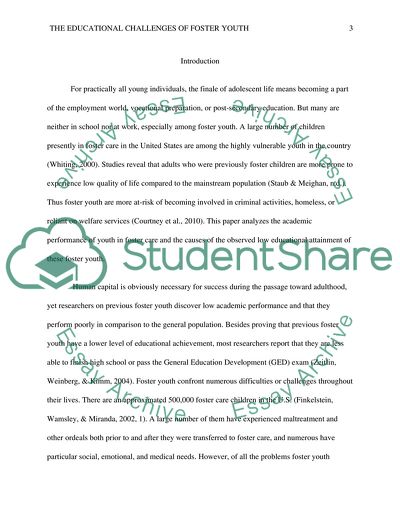Cite this document
(“Foster Youth and why they are not succeeding in their Education- Research Paper”, n.d.)
Foster Youth and why they are not succeeding in their Education- Research Paper. Retrieved from https://studentshare.org/education/1688994-foster-youth-and-why-they-are-not-succeeding-in-their-education
Foster Youth and why they are not succeeding in their Education- Research Paper. Retrieved from https://studentshare.org/education/1688994-foster-youth-and-why-they-are-not-succeeding-in-their-education
(Foster Youth and Why They Are Not Succeeding in Their Education- Research Paper)
Foster Youth and Why They Are Not Succeeding in Their Education- Research Paper. https://studentshare.org/education/1688994-foster-youth-and-why-they-are-not-succeeding-in-their-education.
Foster Youth and Why They Are Not Succeeding in Their Education- Research Paper. https://studentshare.org/education/1688994-foster-youth-and-why-they-are-not-succeeding-in-their-education.
“Foster Youth and Why They Are Not Succeeding in Their Education- Research Paper”, n.d. https://studentshare.org/education/1688994-foster-youth-and-why-they-are-not-succeeding-in-their-education.


